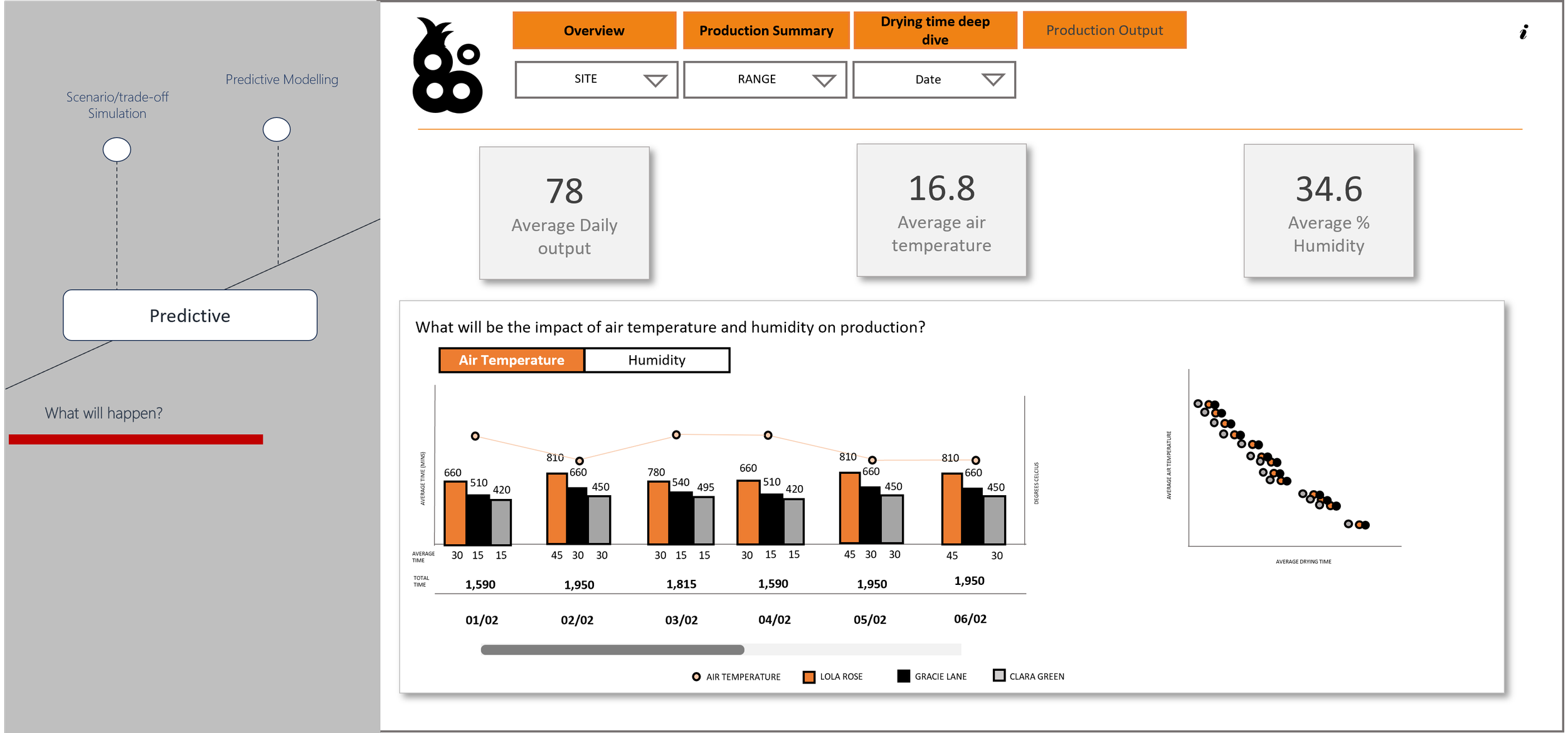Predictive Analytics – Hindsight is a wonderful thing
/Welcome to part four of our five part series, if you missed the last parts of this series, you can find them here.
Experience is so valuable in business. Much like our own expertise at Endeavour, the more clients we work with from different sectors and the more diverse the issues are, the more we grow our own expertise and can quickly identify solutions to clients. The more experience we have, the more knowledge we have. The exact same can be said for predictive analysis. No one can look into the future, but we can use our past experience to help navigate the impact of future events. COVID took us by surprise, we had never experienced a global pandemic to that degree. There was very little data available to help predict the impact of the devastation COVID caused. But with all the data gathered at the time and following, we will be better equipped to make decisions should another pandemic arise.
Let’s go back to the example we have been using in this series. The Production Supervisor has come back to the Head of Production with a correlation between drying times and humidity, they have the hypothesis that on humid days, output is lower because drying times are slower as there is more moisture in the air. In order to test that hypothesis, data will have to be captured over time to understand what happens to production in certain weather conditions. This historical data can then be input into a predictive model which can be used to indicate the impact of weather conditions on production, which in turn can provide the business with the ability to take action on the days where humidity is high.
So how does predictive analysis work in practice? It starts with a hypothesis, in this instance it’s; ‘humidity has an impact on production.’ The analysis needs to determine if weather conditions is a factor in production. The business will need data captured over time, this data will need to be cleaned and prepared to be fed into a predictive analytics model. Since we are looking at the relationship between variables, the data will be fed through a regression analysis model. If we wanted to look at this on an individual basis, i.e. by product, we might consider using a decision tree, as different materials might respond differently to weather conditions, therefore resulting in a different outcome. These models can be trained over time to add in more scenarios and for more accurate predictions as more data is captured.
Predictive analytics has a number of uses, from fraud detection, operational improvement and customer segmentation. It is a very powerful tool, but it requires a strong foundation of accurate, well governed data capture, and a strong organisational culture of analytical best practices. Similar to how our bad experiences can make us biased, bad data and bad analytical practices can make predictive models biased. Our experts at Endeavour recognise these potential pitfalls when it comes to predictive models and work with our clients to ensure they have the correct foundations in place in order to get the most accurate predictions.
Make sure to check back this time next week when we take the final step in our journey and look at Prescriptive Analytics.







